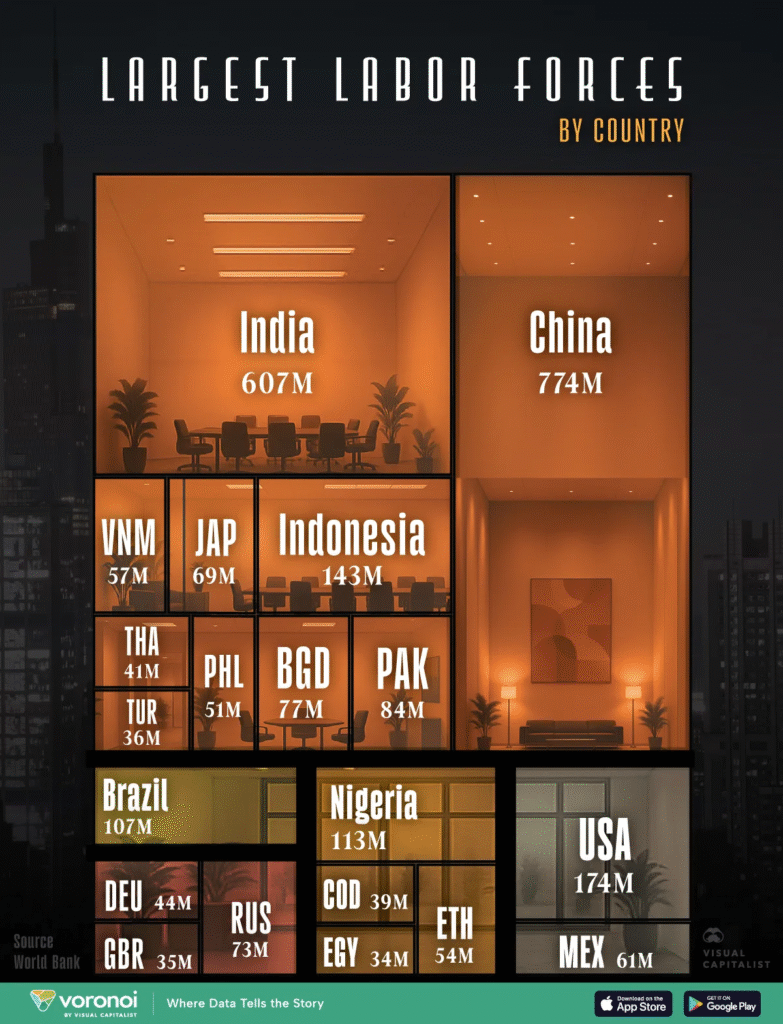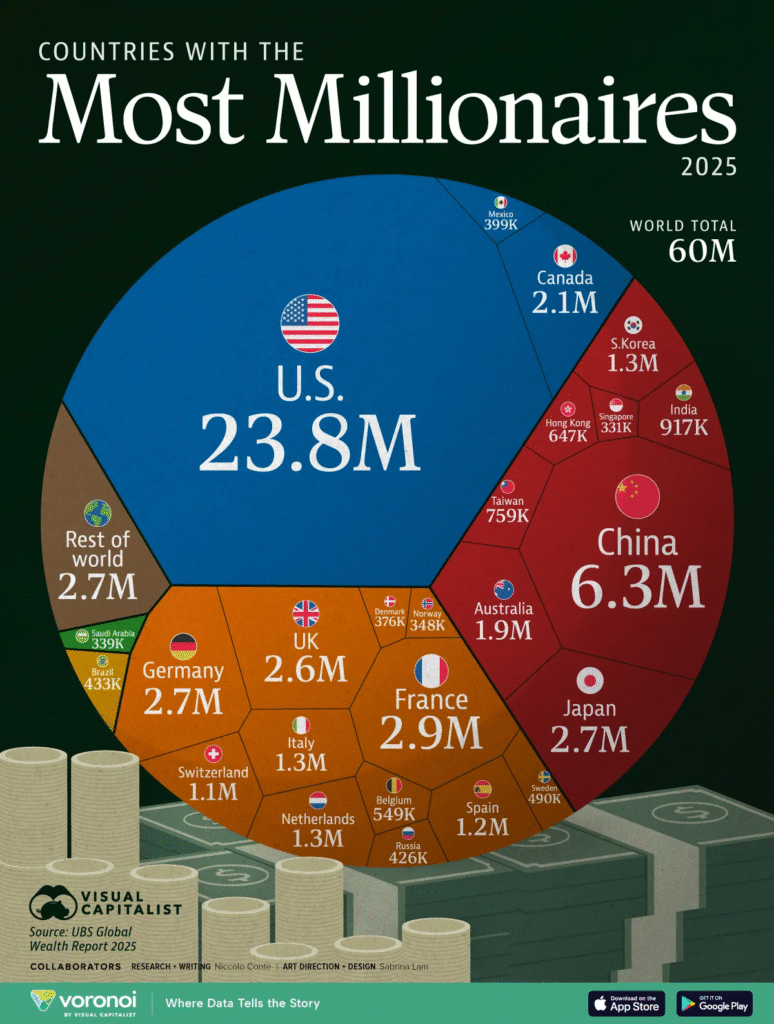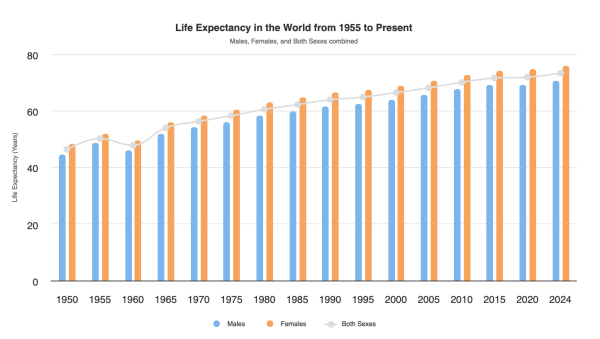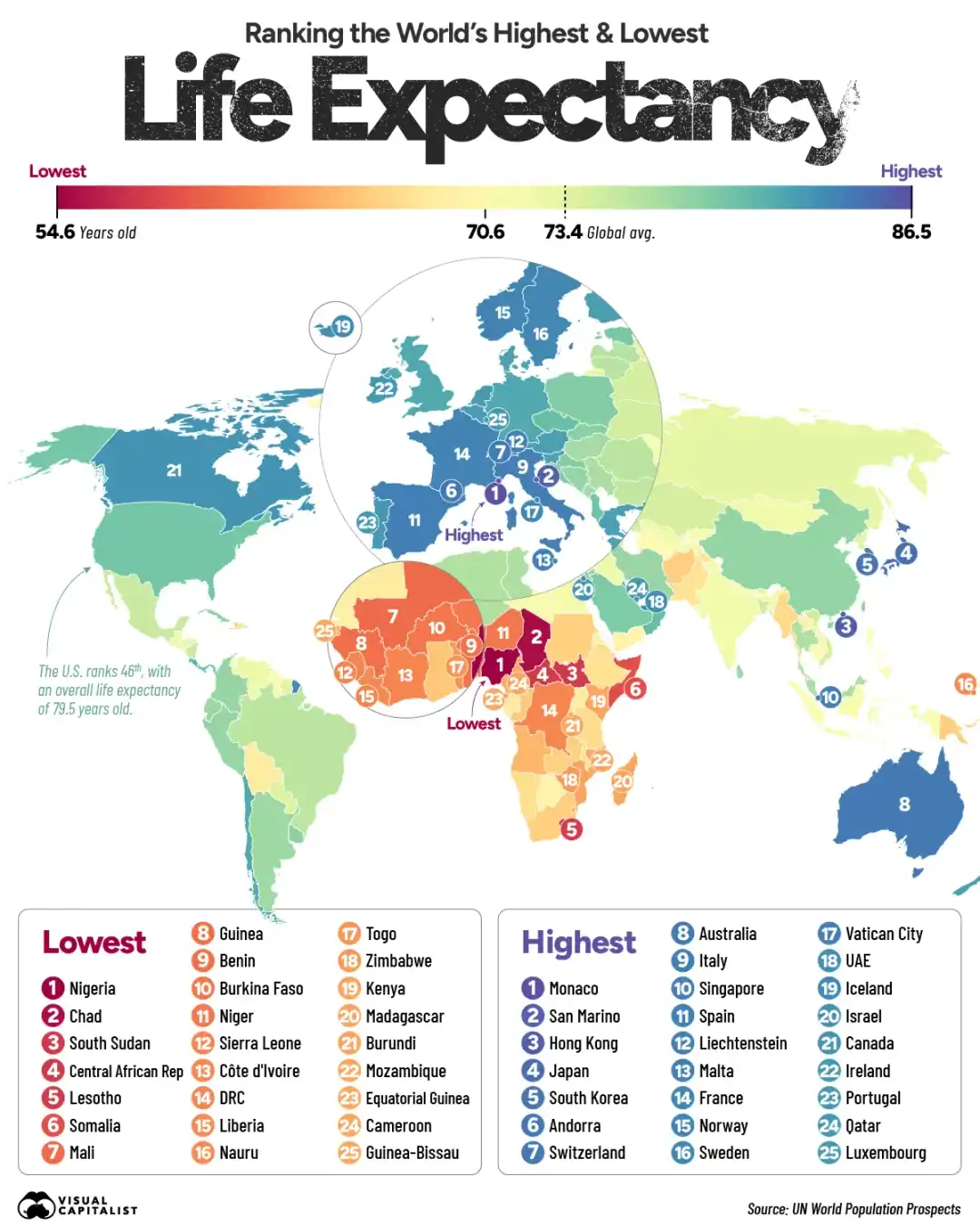The future tends to scare people who’ve grown comfortable in the present. They hope tomorrow looks like yesterday — because if it does, they already have the answers.
But that’s not how progress works.
I often say, “Standing still is moving backward,” and “You’re either growing or dying.”
So when I hear people resist new technologies, I can’t help but cringe a little. Smart people don’t avoid innovation and new technologies — they find ways to harness them.
Think of it like surfing: it’s easier (and a lot more fun) to ride the wave than to fight it. A good surfer doesn’t chase every swell — they’re selective. Sometimes it’s better to skip a small wave and wait for the right one to build momentum. The same applies to technology adoption.
Last week, while discussing OpenAI’s move toward an IPO, I reintroduced the Technology Adoption Model.
Capability → Prototype → Product → Platform.
It’s a simple way to understand how innovation matures — from what’s possible to what’s profitable — as each stage expands in capability, audience, and monetization.
At the heart of adoption is human behavior. It’s not always the best technology that wins — it’s the one people actually use. Understanding what stays constant amid change is the real key to scaling innovation.
This idea keeps resurfacing in my presentations and in the book I’m writing, Turning Thoughts Into Things. With that in mind, in this post, I will share two models to help you explore this process more deeply.
Learning To Surf
The first is a framework I developed based on how people tend to adopt new technologies. It’s an internal-facing model that consists of these 4 stages:
- Improve
- Innovate
- Redefine, and
- Transform.
Here’s a video that explains the technology adoption framework and what to expect when applying it.
It’s similar to Maslow’s Hierarchy of Needs; you have to deal with things like food and shelter before you can address higher-level issues like affiliation or self-actualization.
The Improve phase is crucial because if you don’t pass this stage, you don’t get to the stuff beyond it. Said simply, the first stage is about helping somebody do what they already do, just better. Doing this increases efficiency, effectiveness, or certainty … buying you time and space to focus on what comes next. It’s also a way to show that you’re making progress in the right direction, increasing capabilities, and building confidence (which is the fuel you need to continue making progress).
Next, many try to jump straight to transformation, but that’s a mistake.
Transform is the big, hairy, audacious goal that you want to make possible. It’s the mountain top you’re trying to climb. It’s helpful to know what that is. But when trying to climb the mountain, you still have to take the steps in front of you.
The first step on the mountain is to Innovate. It’s about what you could do, and what you should do – instead of what you’re already doing.
Redefine is where you start climbing the mountain and adding new capabilities to your arsenal. You’re now at a stage where you can imagine a bigger future and grow your vision to match your new capabilities. In a sense, you’re playing the same game, but at a different level and with different expectations.
When you finally make it to Transform, you are playing a new game (often on a different playing field) and you’re likely influencing not just your company but other companies. At this point, it’s common for former competitors to approach you with ideas and resources, seeking to collaborate.
Another distinction I make about transform is that it’s very different from change. Change is about bringing the past forward and hoping that minor adjustments yield desired outcomes. Transform is about committing to the outcome and accepting the fact that the process may change dramatically.
Another key mistake entrepreneurs make is that they pivot to something completely new. When you’re charting a path up a new mountain, you will find unstable ground or insurmountable peaks. At that point, many people give up and look for something new. They start wandering in different directions. That’s a lot of wasted movement.
My rule at Capitalogix is “This … or something better.” When we reach a roadblock, we’re allowed to go around it, but only if it’s an improvement on our current goals.
Riding The Waves
Within the technology adoption model, there’s an underlying concept that I don’t talk about as much. Innovation Activity Centers are the underpinning of each stage. This framework identifies the different unique abilities and temperaments required to get from start to finish at each stage.
It’s the framework within the framework that ensures you’re equipped to take decisive action and build momentum on your journey toward transformation.
Earlier, I mentioned you don’t have to ride every wave. You just have to skillfully ride the waves you choose. This concept is meant to help you do that.

While the stages and seasons of your business change, the activity centers and foci within your business don’t have to. That’s what allows you to stay steadfast in ever-changing currents.
Each of these activity centers requires a different type of person working on it, different KPIs, and different timelines.
I also shot a video going into more detail on these activity centers. There are many ideas worth considering in there. So, watch the video.
Understanding these models helps you anticipate the capabilities, constraints, and milestones that define the path forward — no matter how the world changes. They’re one proven path toward technology adoption, though certainly not the only one.
We’ve made significant progress refining these frameworks, and they continue to shape our plans for expanding the Amplified Intelligence Platform. I’m excited to keep improving them — and to share what we learn along the way.
Ultimately, frameworks only matter if you use them. Imperfect action beats perfect planning. My hope is that these ideas help you clear the path as you walk it.
If you have thoughts or questions about the model or how to apply i,— I’d love to hear from you.
Onward.



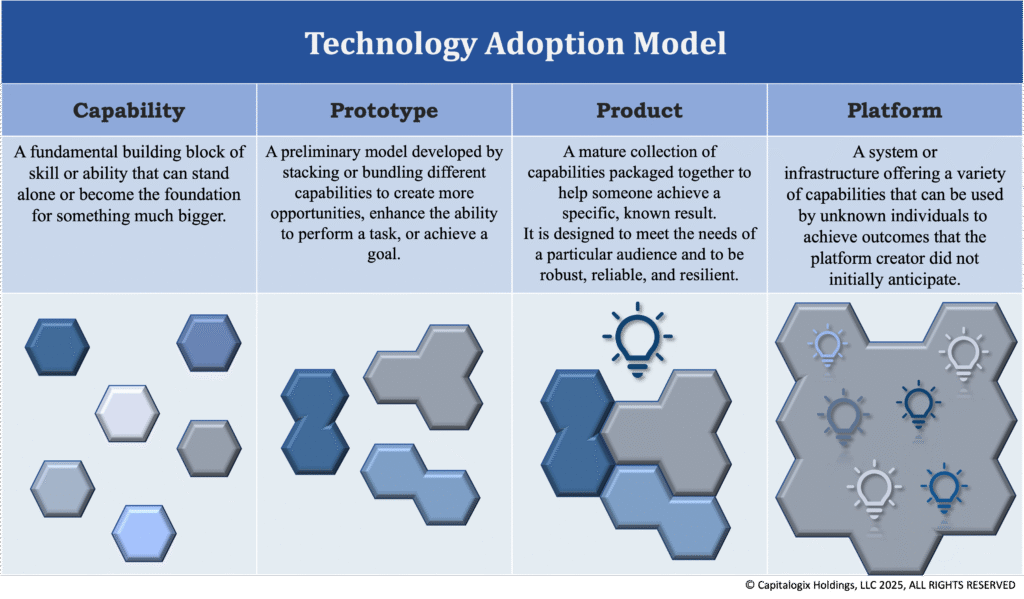
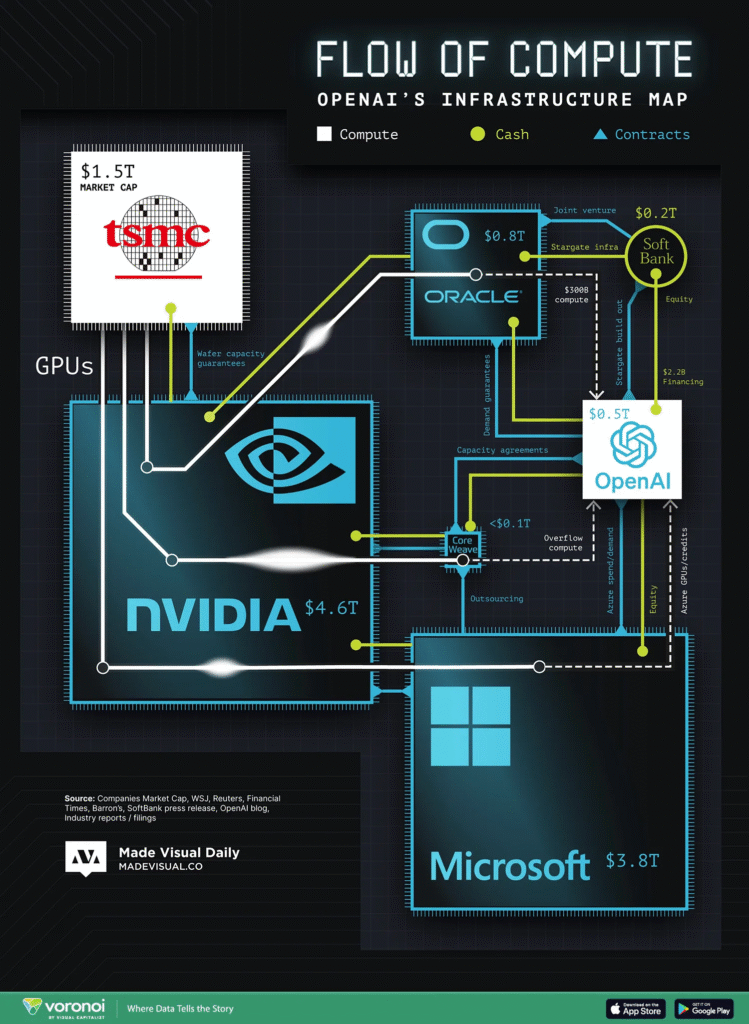

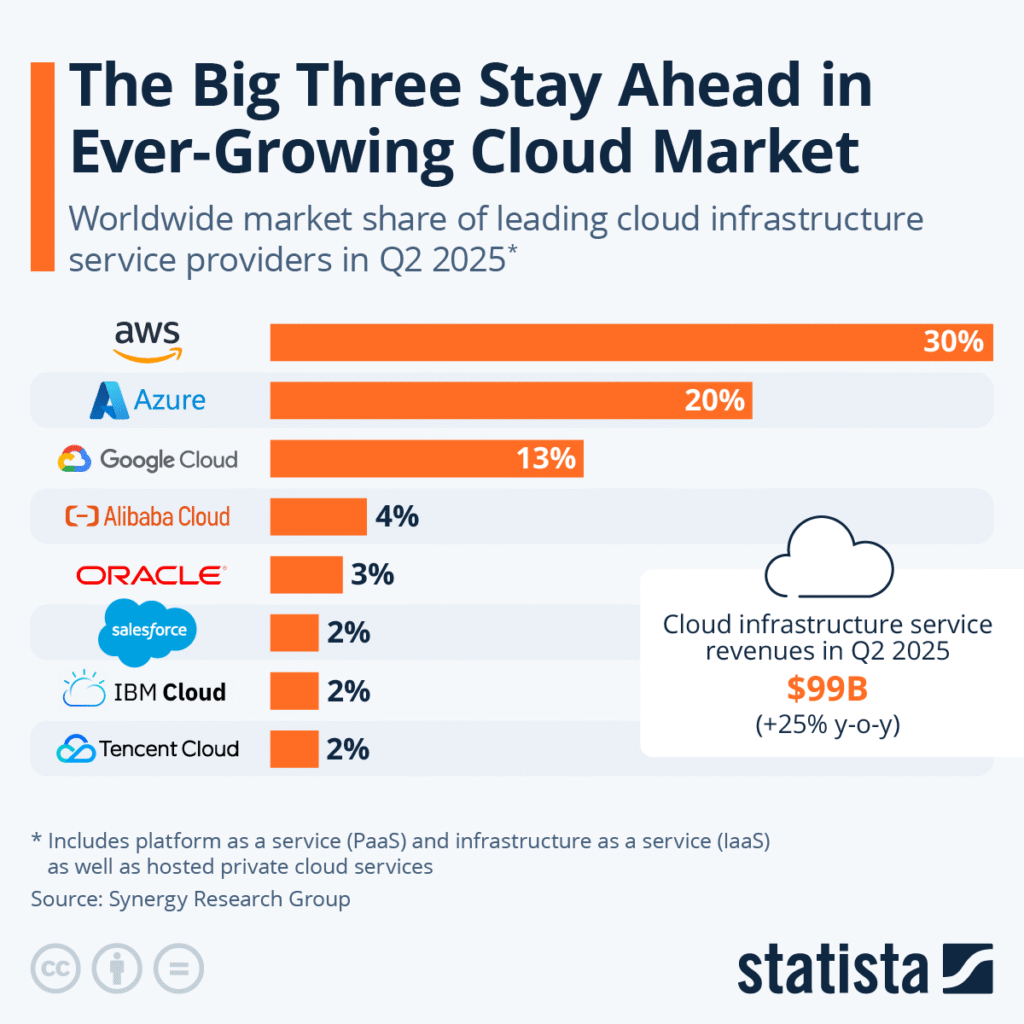
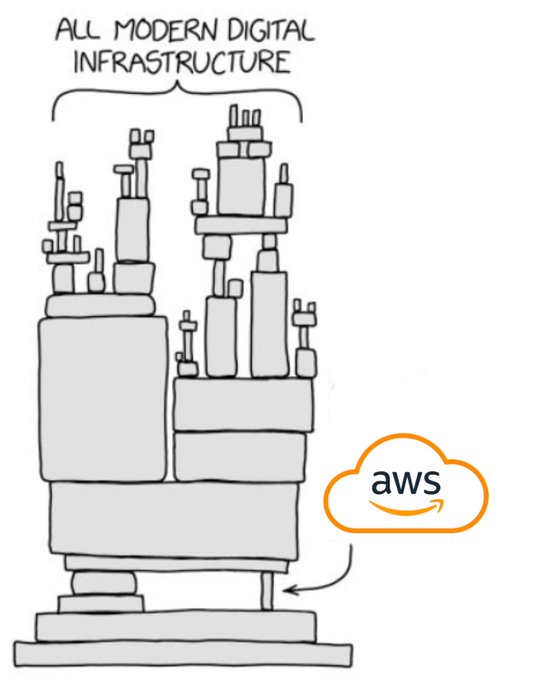



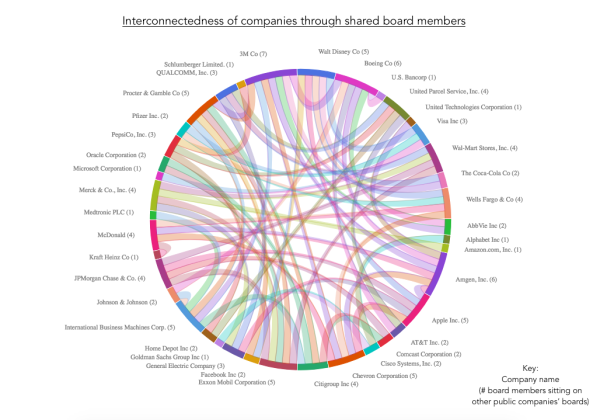 via
via 